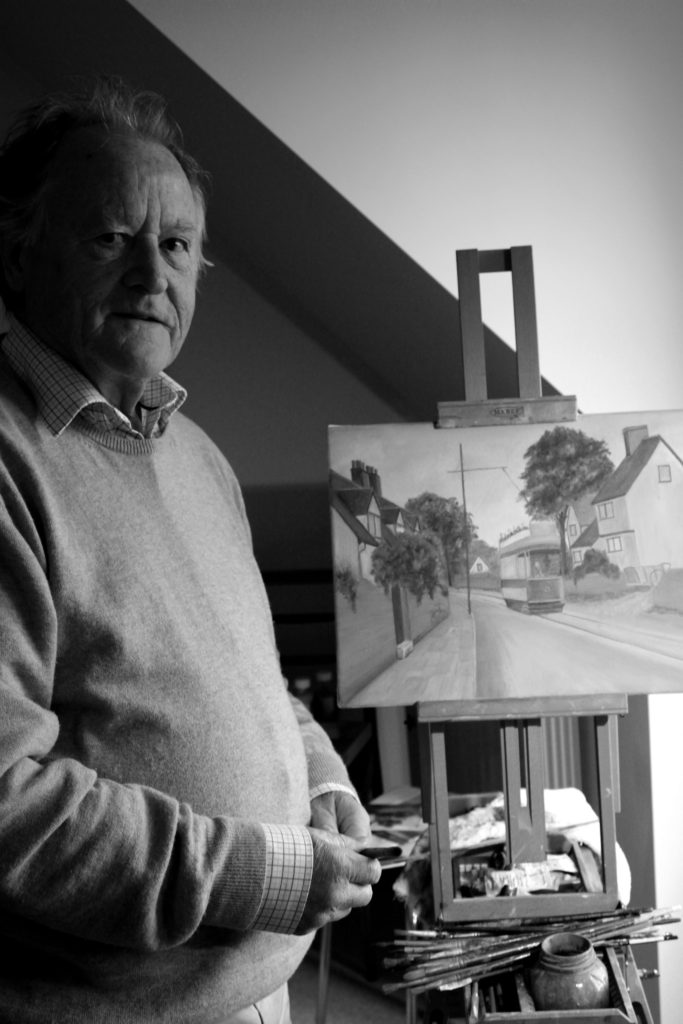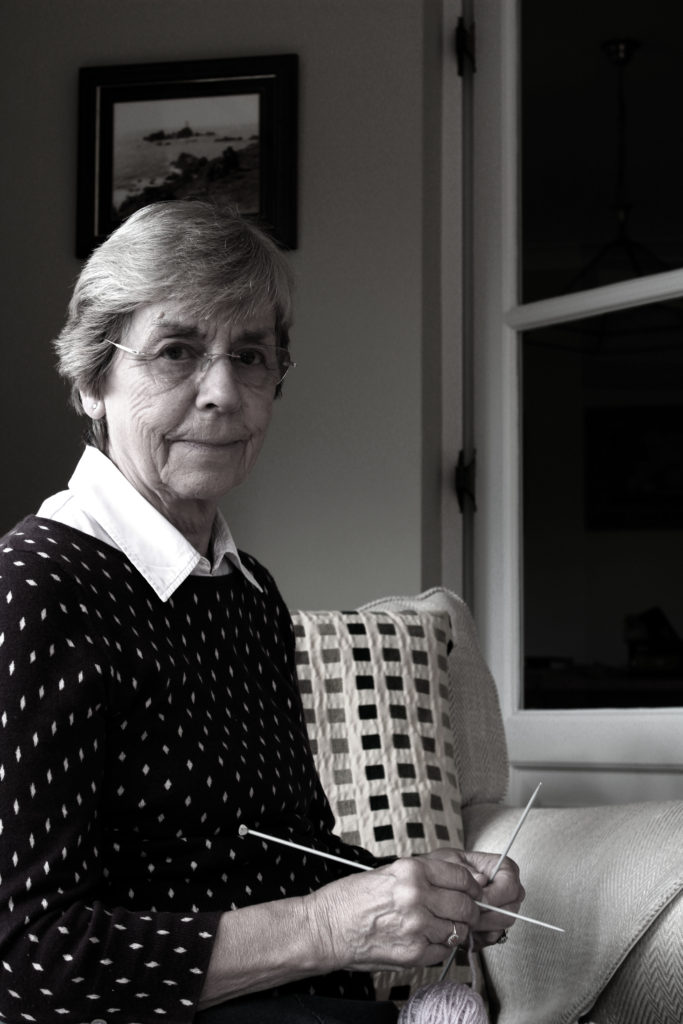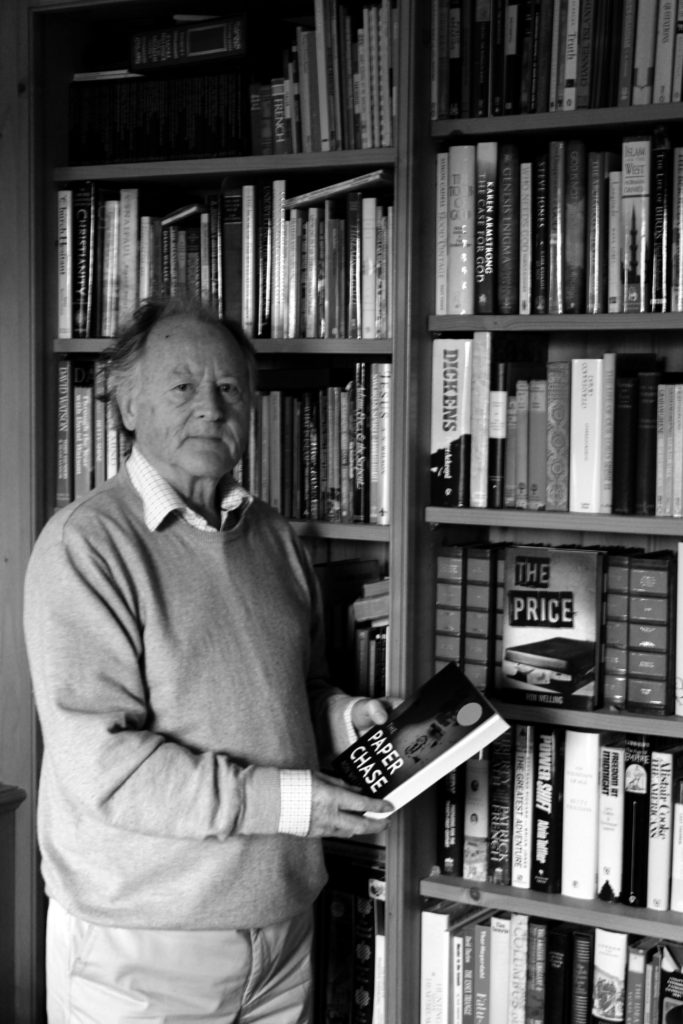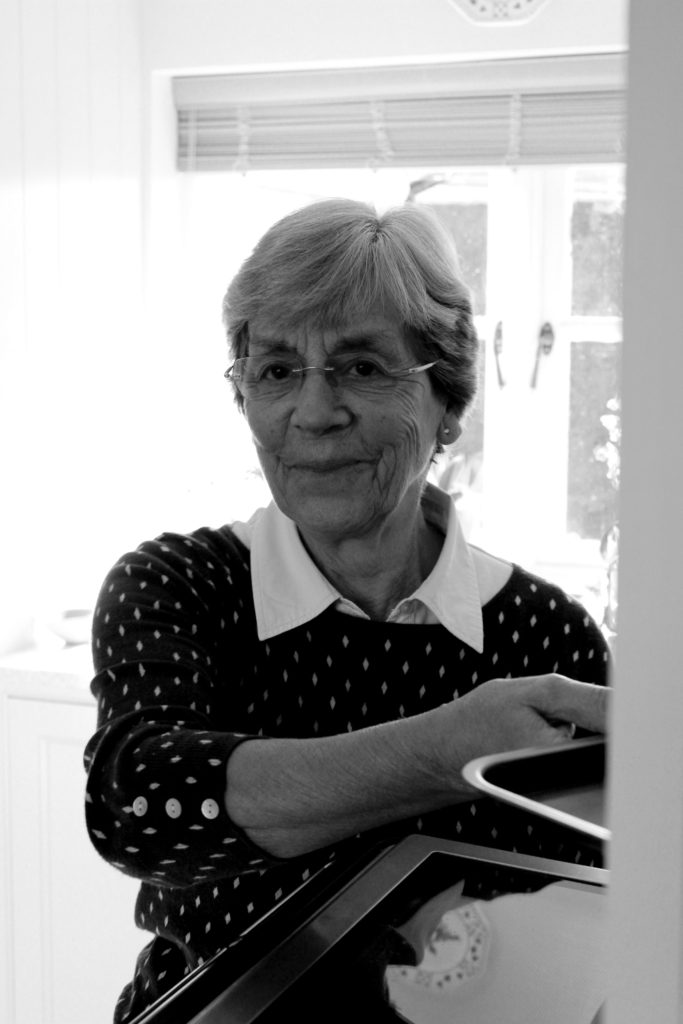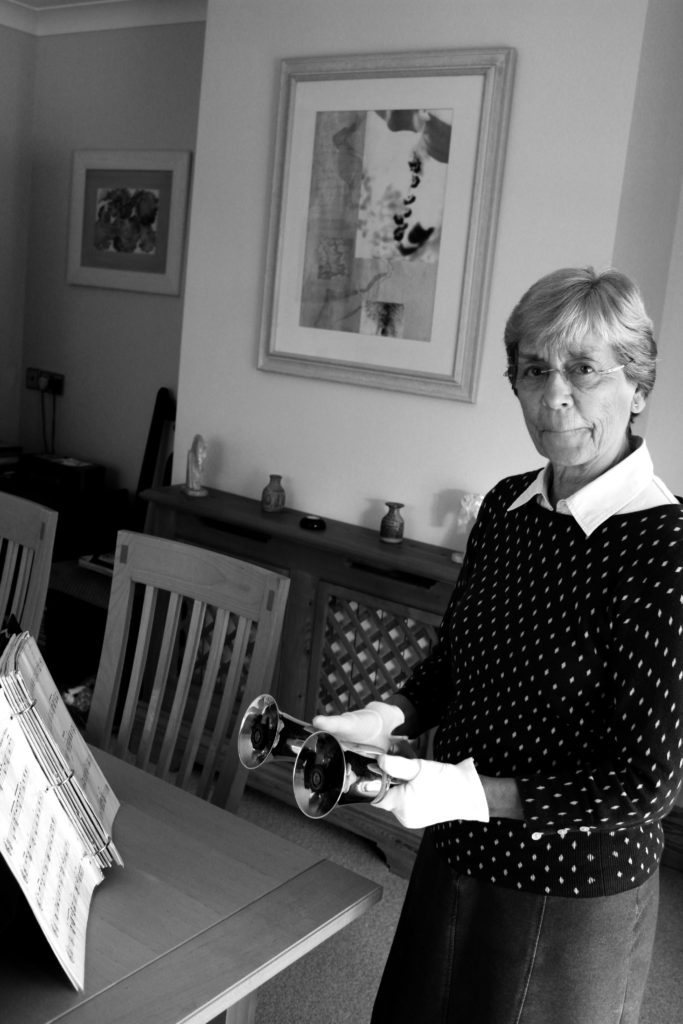Environmental Photography Definition – “An environmental portrait is a portrait executed in the subject’s usual environment, such as in their home or workplace, and typically illuminates the subject’s life and surroundings. The term is most frequently used of a genre of photography”

Arnold Newman was born in New York in 1918. At university Newman studied art, due to the fact he was granted a scholoship at the university of Miami. Newman started his careers as a photographer in 1938, where he started to explore abstract and documentary photography. In 1941 his work was ‘discovered’ and he was given a exhibition in the Museum of Modern Art. It is said around this time Newman pioneered environmental photograph, which presents a new idea/concept to other photographers at this time. During his career as a photographer he has gained multiple awards including nine honorary doctorates.

In this photograph which Newman has captured we can see an old man located in the centre of the frame. He looks as if he is standing in-front of an easel, suggesting that he is a painter and a very creative man. The main focus point of the image is the man (the subject) who is directly looking straight at the lens of the camera, which is implying that he may be proud of his job. In addition the facial expression on the mans face is plain and his body posture is slouched, which can inform us that he could be bored. My eyes are first lead to the subject of the image, they then move around to the different objects in the room. The frame of this photograph is not busy making it easier on the eye, and allows us to gain a better understanding of what life was like for this man. The image is taken at a straight on angle and only shows half of the mans body. The background shows a plain wall with a painting on it, in the top right, which may be showcasing work he has previously done, thus he could be in his place of work. The formal elements found in this image is value and light, which is shown through the different tonal areas due to the picture being presented in black and white, and there is a sense of depth due to a large depth of field being used. It also stands to reason that the aperture is low, which also allows the whole frame to be in focus. The shutter speed seems to be very quick as no ‘intended’ blur can be seen. Moreover, the ISO is low as there is no noise, because of lighting, in this photograph. The lighting which is used in this image is likely to be artificial lighting as the man is located in doors, inside a room or a studio. The lighting is quite cold which makes us grasp a better understanding of the type of environment the man is in. The fact the image is black and white and the photographer was alive during the 1900’s suggests that it was at a time when the men had to work and provide for their partner, thus presenting his gender role. However, the fact he is an artist implies that he was a higher class otherwise he would be working in a factory. Multiple ideas can be drawn upon from this image, making Newman’s attempt at environmental photography successful.
Planning
In these photographs I will be using two models in their natural environment, their home. I will capture them doing normal tasks that they would do. However, in order to show gender roles, like Newman did, I will be making stereotypical judgements of having the woman model do the cooking and knitting and my male model working in an office, with his car and cleaning a fire place. The photographs will be taken during the morning and I will be using natural lighting with an occasional use of artificial lighting. In order to make the final outcomes successful I will be editing them black and white. I will be use a manual camera setting allowing me to have full control of the focus, shutter speed, ISO and white balance.
Contact Sheets


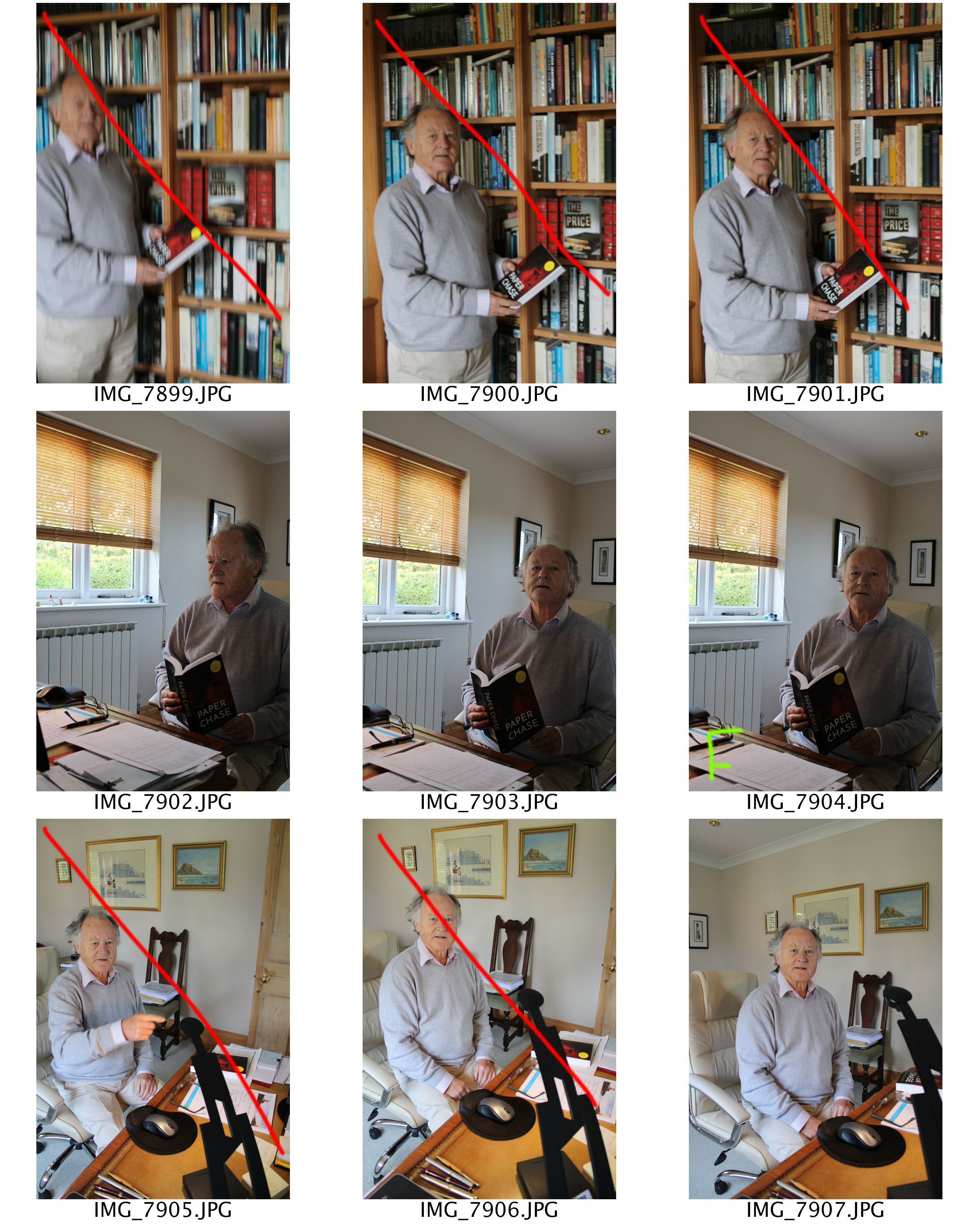




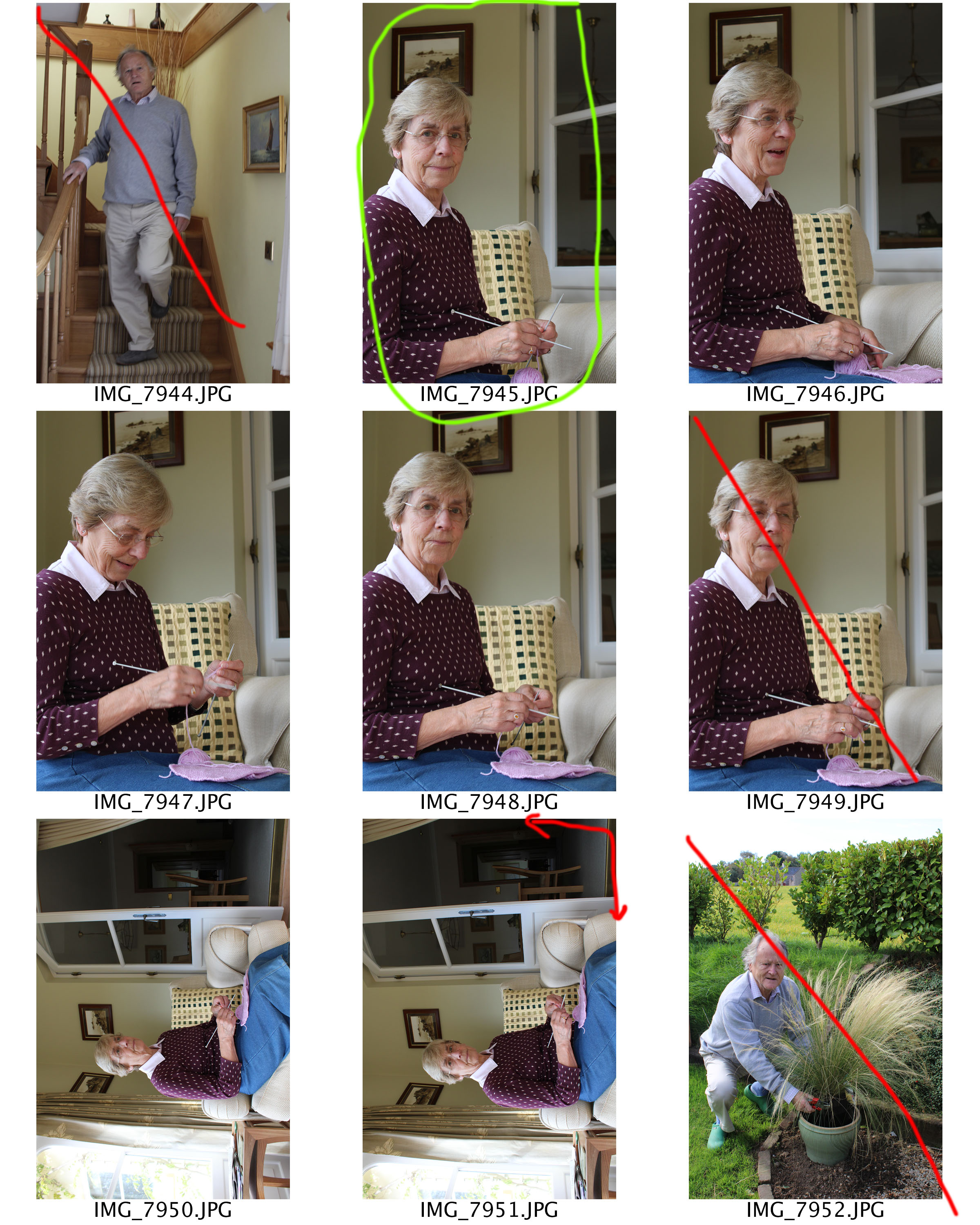
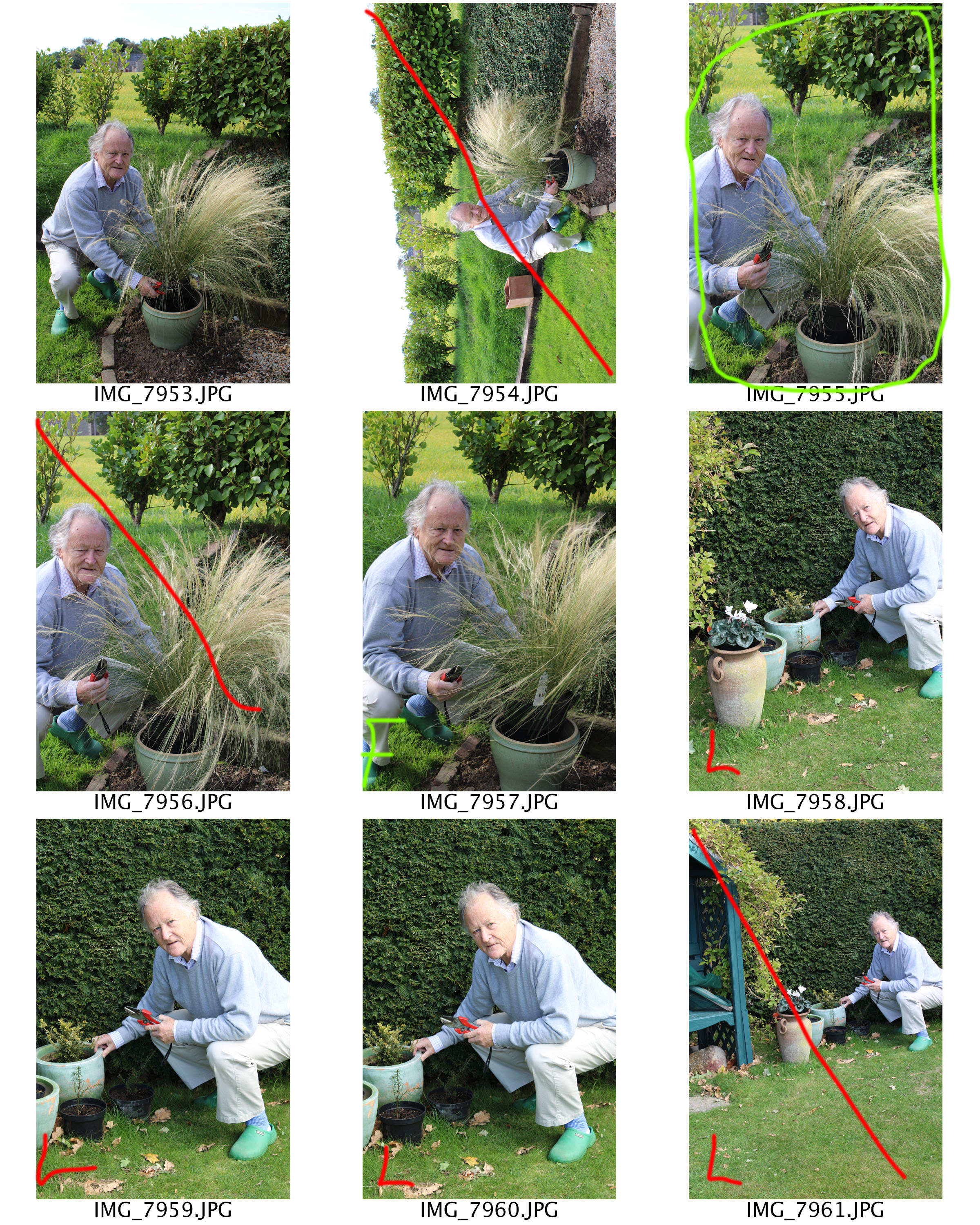





Edits
For these edits I decided to keep things simple, like Newman did. I wanted to be able to show a clear contrast of tonal regions in the photograph and make the images seem like they have been taken at the same time period as Newman’s images. I simply levelled all the images and adjusted the curves until I was pleased with the outcome. I then desaturated my images, turning them black and white giving them this effect.
I am very happy with my final outcomes from this photoshoot. It clearly shows environmental photography as it meets the criteria of: having the model looking directly into the camera lens, having a neutral expression on their face and having something in the background to show the context of the image. These photographs also clearly show gender role stereotypes through the activities my subjects are doing. To further expand this shoot I would look at capturing the youth to show how times have changes, breaking the gender role stereotypes. I would also look at presenting some of these images in colour.
